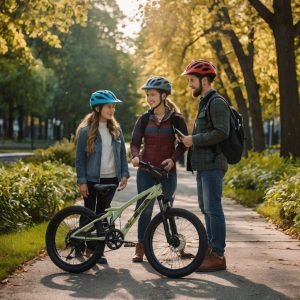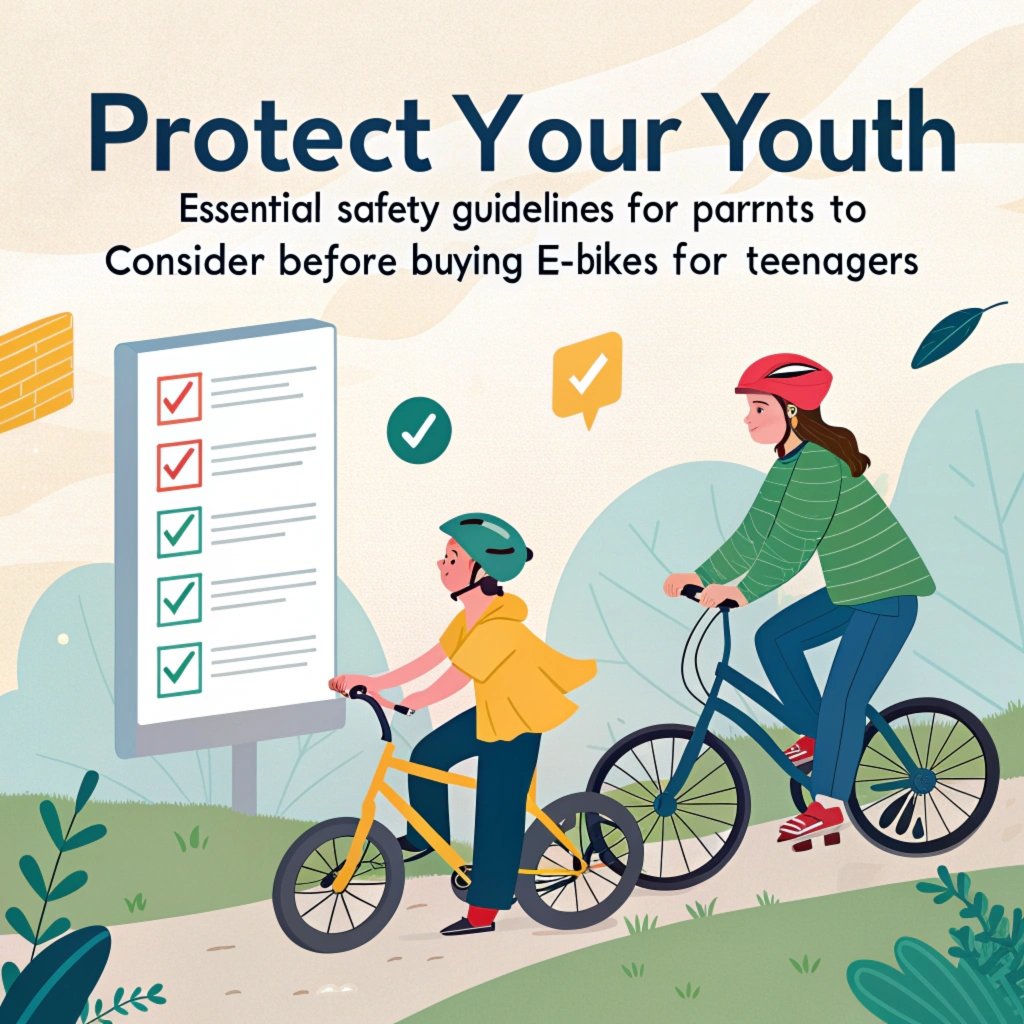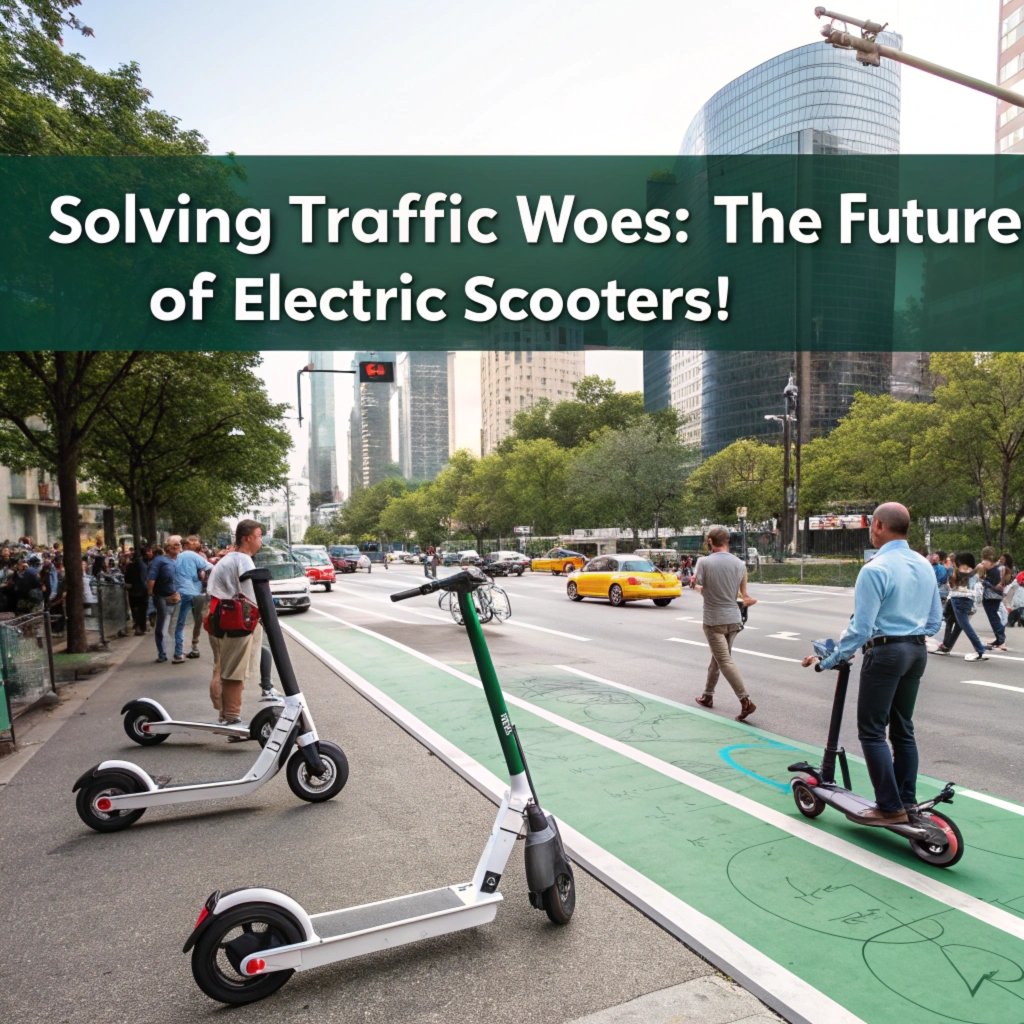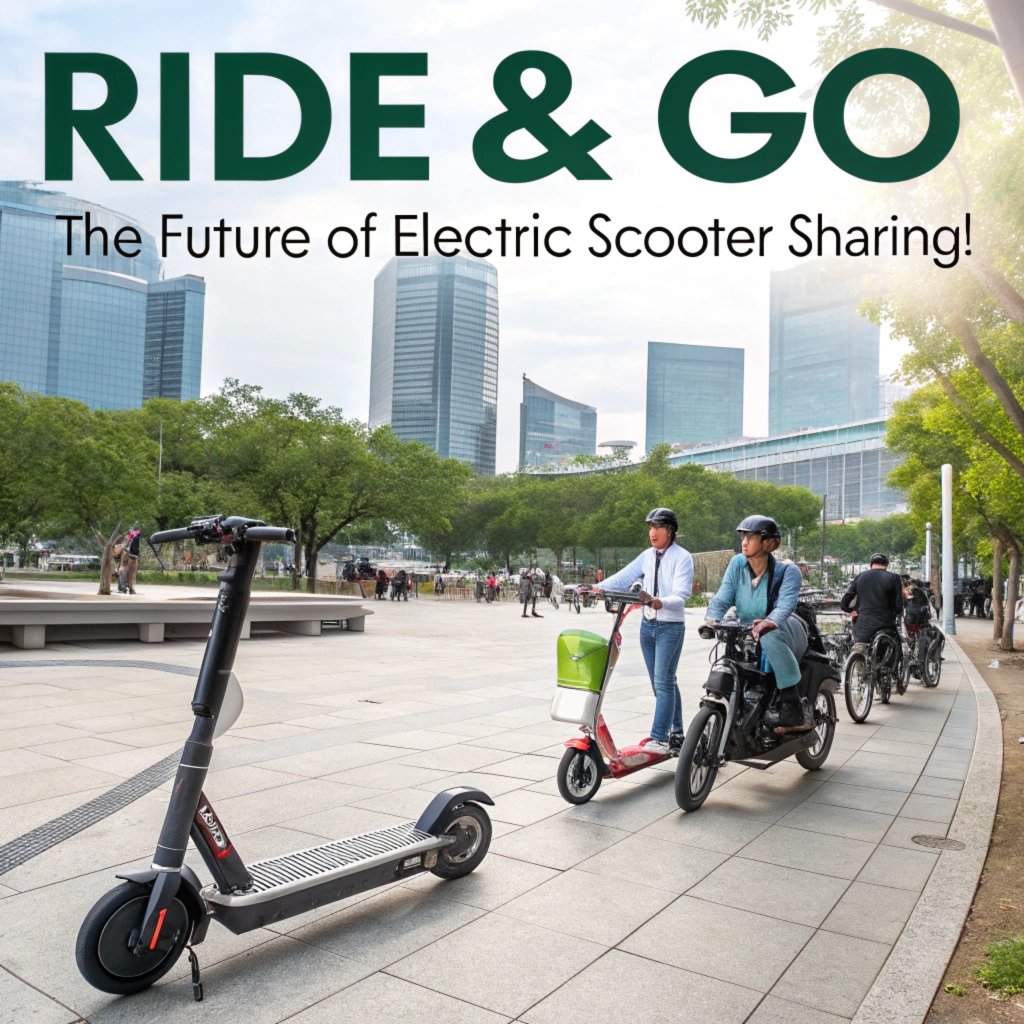As a parent, there’s no greater joy than seeing your child explore their passions and independence. That’s why many teens are turning to e-bikes as the perfect way to stay active and Safety Guidelines while having fun.
But with great power comes great responsibility – ensuring you make the right choice for them can be daunting.
As a savvy parent, you want nothing but the best for your teenager, which is why choosing an ebike should not be taken lightly. You need it to be safe and suitable for their age group before giving it as a gift or even letting them ride without supervision.
With so many e-bikes out there on the market, how do you know what features make something ideal for teenagers? And more importantly, are they truly prepared for all the dangers associated with riding an ebike?
With these guidelines, you’ll be well-equipped to choose an ebike that meets your teenager’s needs and gives them a positive experience. You can rest assured knowing their safety is paramount.
In this article, we will discuss essential considerations for buying e-bikes with caution in mind. We will explore various types of ebikes designed specifically for teenagers and offer expert advice on how to choose an affordable yet safe model that your teenager can love riding around town or trail hopping all day long.
Understanding E-Bike Safety for Teenagers
As a parent, buying an e-bike for your teenager can be an exciting and intimidating experience. With so many models and features available in the market, it’s essential to ensure that you’re getting a safe one. To help protect them from potential harm, consider the following guidelines.
When selecting an e-bike for teenagers, look for safety features like a sturdy frame, puncture-resistant tires, and reliable brakes. A good quality helmet is also crucial as it can make all the difference in protecting your teen’s head from serious injury.
It’s recommended to choose an e-bike with a top speed limit of 25 mph or lower to minimize the risk of accidents.
E-bikes come equipped with various safety features such as lights and reflectors that increase visibility, making them more noticeable on roads. However, it is essential for your teenager to understand how these devices work and when they need to be used.
Teach your teen about safe riding practices like obeying traffic laws, using hand signals when turning or changing lanes, and maintaining a speed suitable for the road conditions.
Regular maintenance of e-bikes can help prevent mechanical issues that could lead to accidents. Teach your teenager how to perform basic checks on their bike before each ride.
By following these guidelines and discussing safety with your teenager regularly, you can help ensure they have a safe and enjoyable experience riding an e-bike.
Choosing the Right Size and Style of Bike
When choosing an e-bike for your teenager, a safe, reliable, and fun ride requires you to think about size, type of bike, terrain, age, and riding preference.
Consider these key factors to ensure your child enjoys years of stress-free cycling:
- Age: Think about the child’s height and age. A general rule is to choose an e-bike with an adult-sized seat and handlebars for kids aged 8-12 years old. However, it’s essential to consider their growth potential. If you opt for a smaller frame now, your child might outgrow it too quickly or feel cramped on more significant frames as they get older.
For younger kids (6 months–2 years), a 10-13 inch frame is suitable; between ages 3-5, look for bikes with adjustable seats and handlebars to accommodate growth. As your child grows, you can move up to larger frames that will fit their increasing height requirements. When selecting an e-bike in this age range, consider the child’s unique needs rather than a standard size.
If your teenager prefers leisurely rides around the neighborhood or more challenging terrain like trails and hills, it’s time to think about their riding style:
- Riding Style: Do they enjoy cruising along flat paths or tackling rugged terrain? This will help you choose an e-bike that meets their unique needs.
Consider a bike with sturdy frames and robust suspension for kids who love exploring off-road. For those who stick to paved roads, look for bikes with smooth-riding wheels and efficient gearing.
Terrain also plays a significant role in choosing the perfect e-bike:
- Terrain: Will your child be riding on paved paths or trails? This will influence bike design features like tire width, suspension type, and gearing. If they’ll be hitting rugged terrain frequently, you may need to opt for wide tires with more robust frames.
Now that we’ve discussed these factors in detail let’s explore some e-bike styles:
- Road e-bikes: Designed for speed and efficiency on paved roads. They’re perfect for those who enjoy riding leisurely on flat ground.
- Mountain bikes are the better choice when hitting challenging terrain:
- Mountain Bikes: If your teenager loves hiking or biking through rough, rugged trails with a mix of ups and downs, then this is the bike that suits them best.

Finally, consider these size guidelines:
Hybrid e-bikes combine elements of road and mountain bikes for kids who enjoy exploring both paved paths and trails.
When choosing an e-bike size in general make sure to check its geometry. Ensure saddle height is correct and handlebars are at a comfortable riding position.
By considering these factors you’ll be able to find an e-bike that meets your child’s unique needs, providing years of safe and enjoyable cycling for them
Safety Gear Essentials for E-Bikes
To keep your teenager safe while riding an e-bike, don’t forget to consider essential safety gear first.
Safety gear is crucial when it comes to e-bikes. Without proper protection, accidents can be devastating – think about your teenager’s future self – would you want to risk their well-being? Helmets are the most important piece of safety gear for e-bikes. There are various styles available, including helmets with face masks or visors that provide additional protection from wind and sun exposure.
A helmet reduces head injury risk by 70% in children aged 12-17, as reported by a study conducted by the National Highway Traffic Safety Administration (NHTSA). Look for one made from durable materials like polycarbonate or ABS plastic. When choosing a helmet, ensure it fits snugly and has enough ventilation to prevent heat buildup.
Gloves are another vital piece of safety gear. Not only do they provide grip on handlebars, but also protect against abrasions in case of a fall. Gloves with grip material like silicone or rubber can offer better traction on wet or dirty handlebars. Consider gloves that cover your fingers for added protection – it’s worth the extra cost.
Knee pads and elbow pads are particularly essential when riding downhill or in rough terrain. These provide critical support to help prevent severe injuries, such as fractures and sprains. Don’t skimp on these pieces of gear; they can make a big difference between an easy ride and a painful recovery.
Other safety features worth considering include mittens or fingerless gloves for better grip on handlebars, reflective gear that increases visibility in low light conditions (especially useful for early morning commutes), or even protective pads for your knees and elbows when riding on rough roads.
Protect Your Youth: Essential Safety Guidelines for Parents to Consider Before Buying E-Bikes for Teenagers
Parents are advised not to skimp on safety when purchasing e-bikes for their teenagers. Helmets and protective clothing can be the difference between a safe ride and an accident.
Proper gear reduces risk of severe injuries, such as concussions or broken bones.
Investing in safety equipment is crucial because it will give parents peace of mind while knowing that their children are more protected on their e-bikes.

When choosing safety gear consider the type of rides your teen plans to take; if they ride at night then you may need extra reflective components and bright lights, this could make them a lot safer.
Protecting teenagers from harm is everyone’s responsibility so let’s be proactive in setting our young ones up for success on two wheels.



